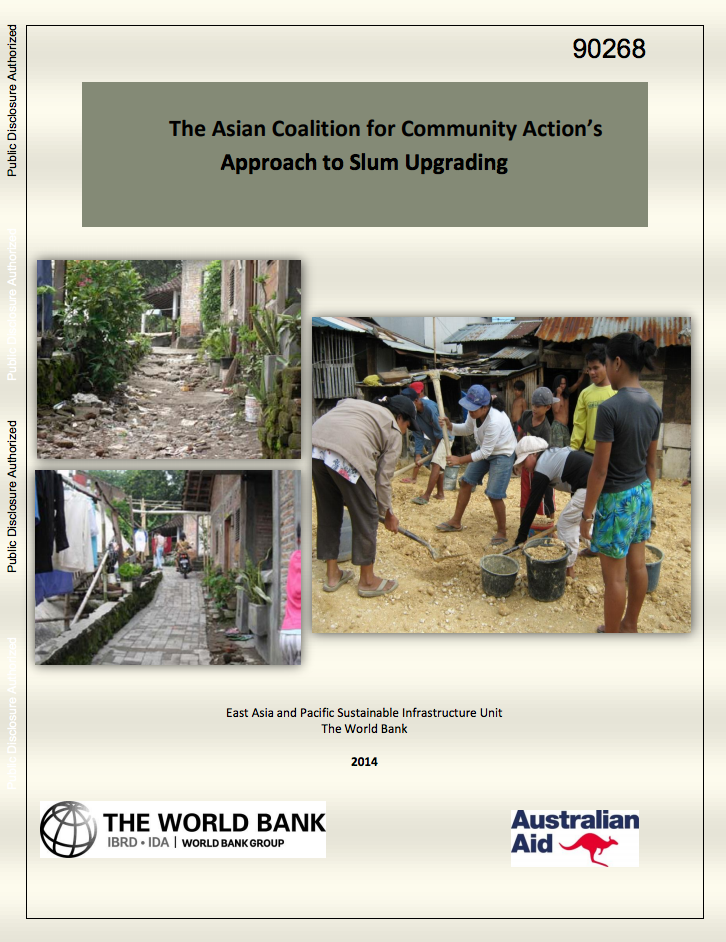Strategic IDPs Assessement
Integrated Development Plans (IDPs) have
been introduced in Romania as a prerequisite for accessing
EU funds under the Regional Operational Program (ROP). The
IDPs designed for growth poles represent a specific category
of strategic planning documents as: 1) they need to be
considered within the frame of the national policy to whose
implementation they contribute; and 2) they represent a
first endeavor to think of development across functional


